Tallinn, Estonia
|
Today, Tallinn is one (apparently) harmonious walled city with medieval watchtowers, ramparts, and churches.
The interior wood is a beautiful mix of plain and ornate. The 17th century clock on the outside still keeps perfect time.
Far newer and far more ornate is Alexander Nevsky Cathedral. The Russians built it in 1900 on the grave of an Estonian hero in an attempt to dampen Estonian nationalism.
The displays show a poignant row of suitcases from people who attemped to escape, and a frightening line of doors from the Tallinn prison.
Many other artifacts are exhibited, but the video displays of first-person accounts and newsreels covering each decade of the occupation are deeply moving. They can be seen at the museum's Web site.
Knowing how the Estonians suffered under the Soviet occupation, we enjoyed the irony of the discarded statues in the basement next to the toilets.
On September 28, 1994, the M/S Estonia, scheduled from Tallinn to Stockholm, sailed into a storm with 33-45 mph (52-72 kph) winds, and 10-13 ft (3-4 m) seas. It tipped to starboard, and in 35 minutes sank. The accident claimed 852 lives; only 137 survived. The cause was apparently an improperly secured cover over the car loading ramp. |
 A short ferry ride across the Baltic and the 60th parallel from Helsinki is
Tallinn, Estonia. It was originally two feuding medieval walled cities with watchtowers, ramparts,
and churches.
A short ferry ride across the Baltic and the 60th parallel from Helsinki is
Tallinn, Estonia. It was originally two feuding medieval walled cities with watchtowers, ramparts,
and churches.
 x
x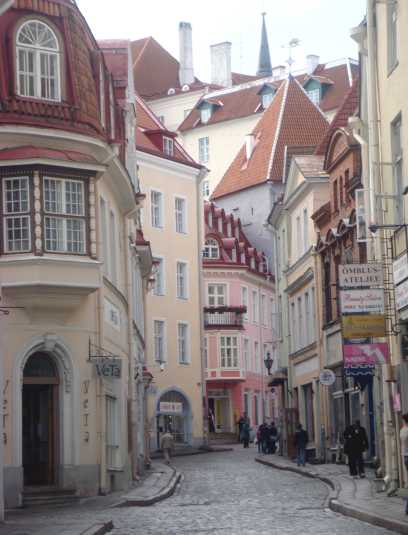

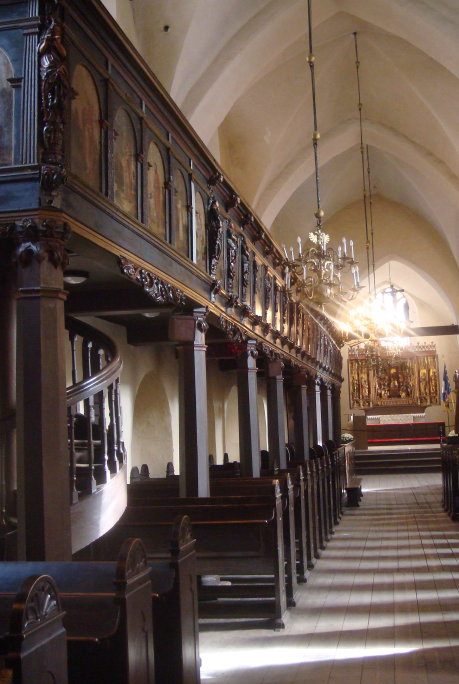 x
x
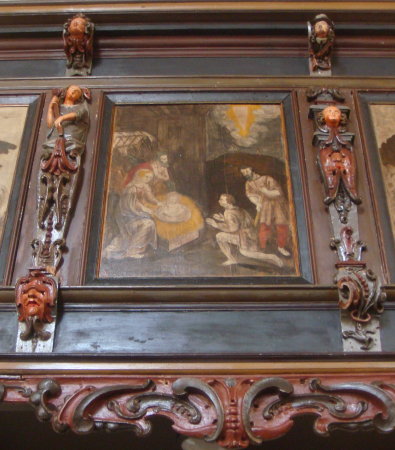 x
x
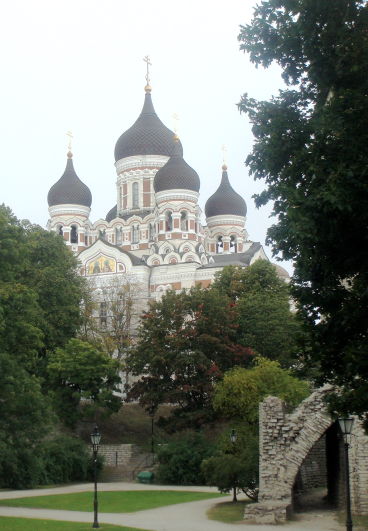
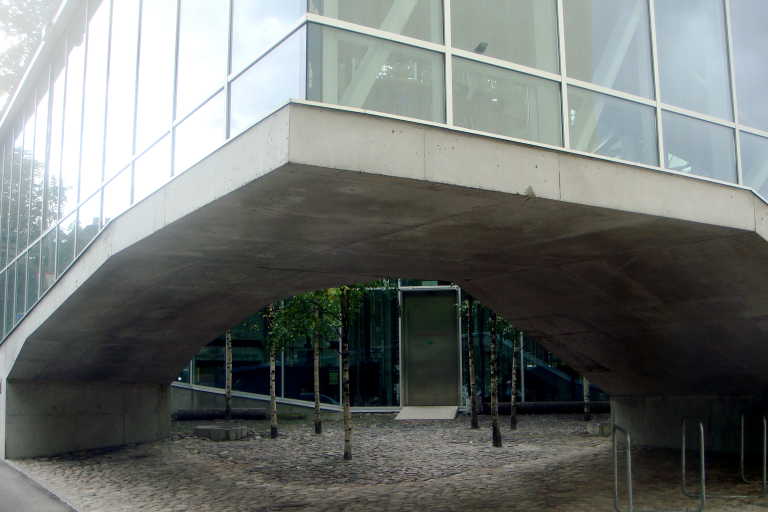
 x
x


